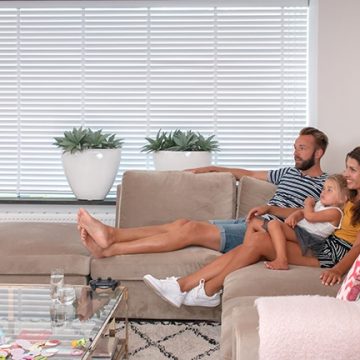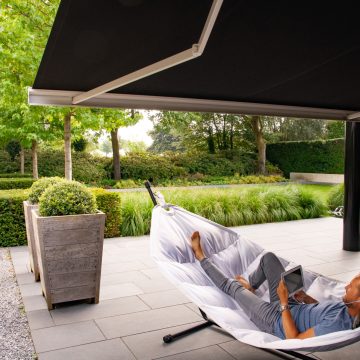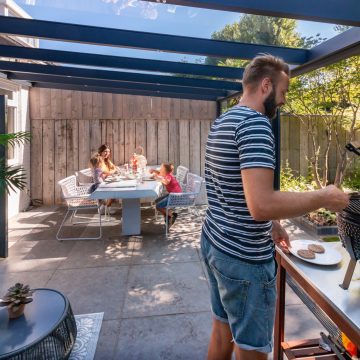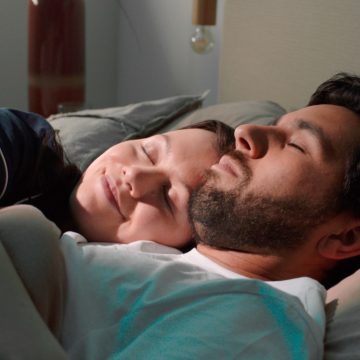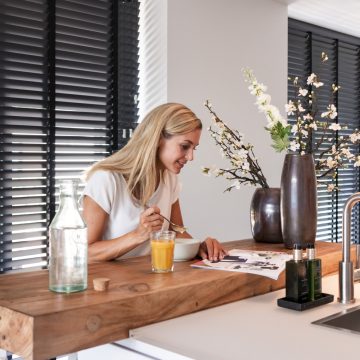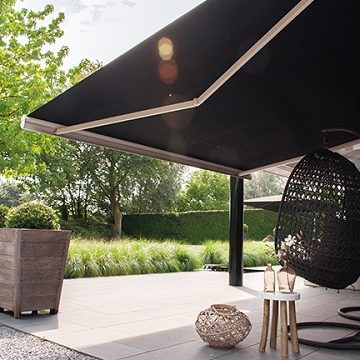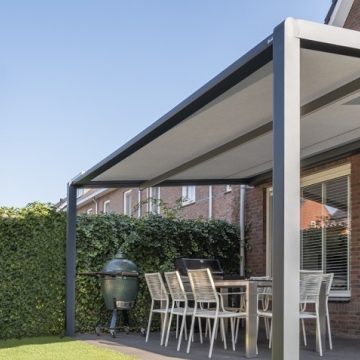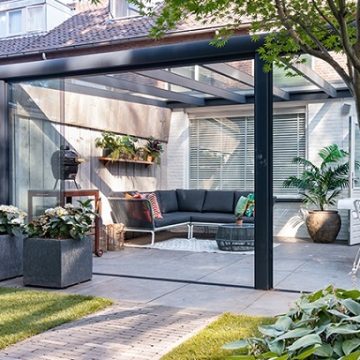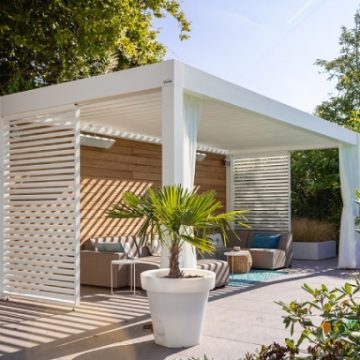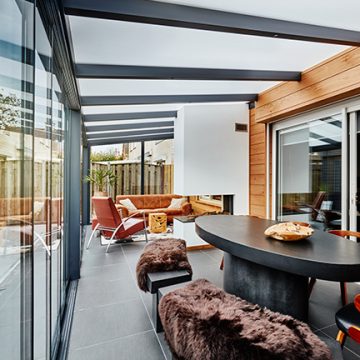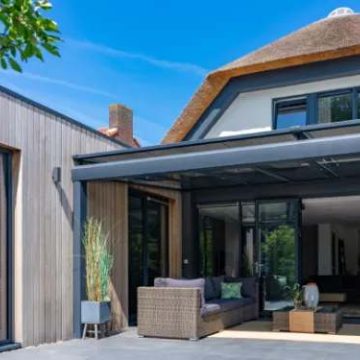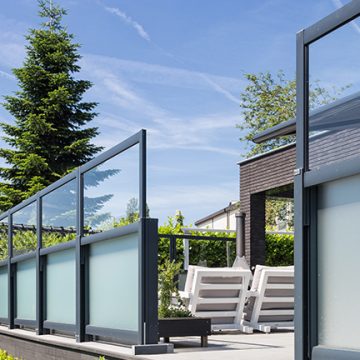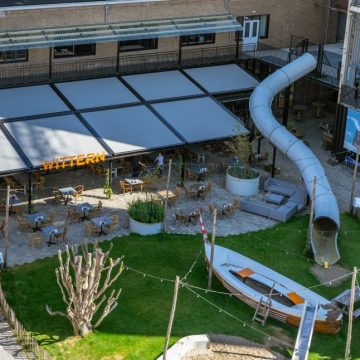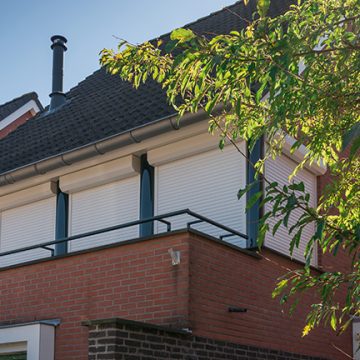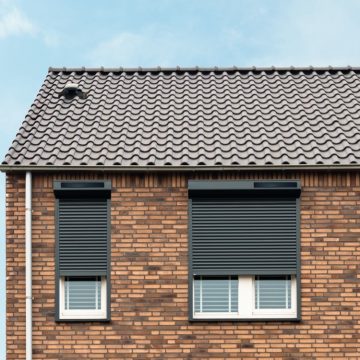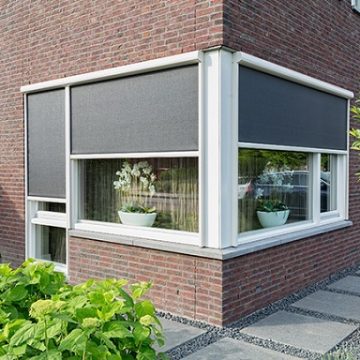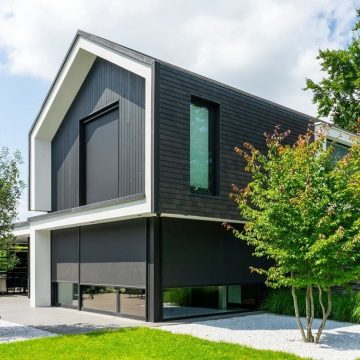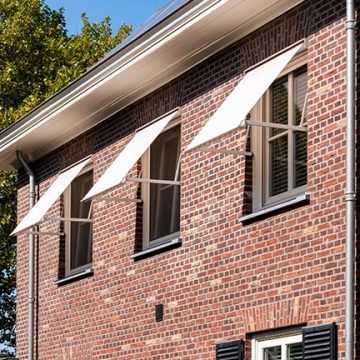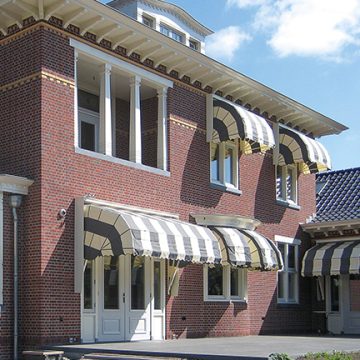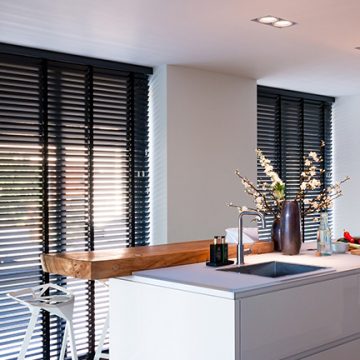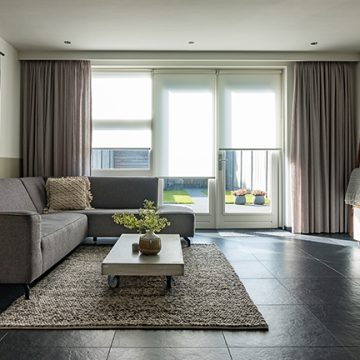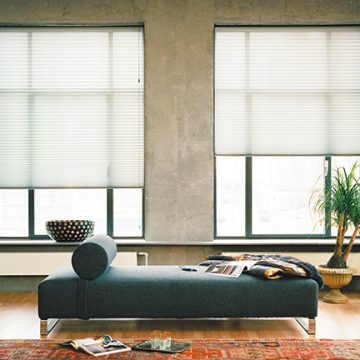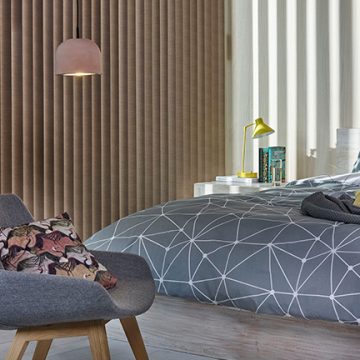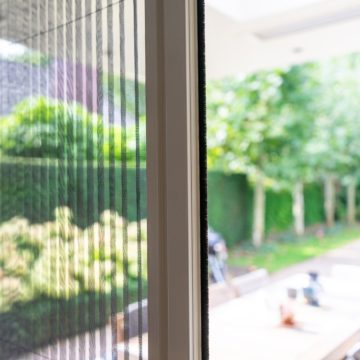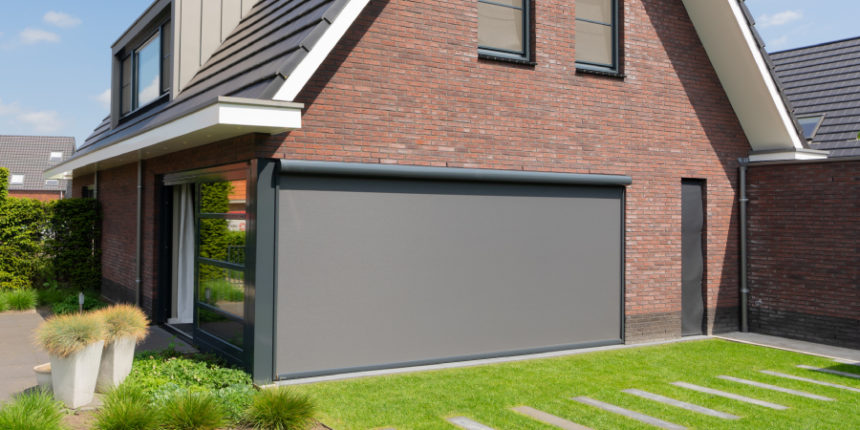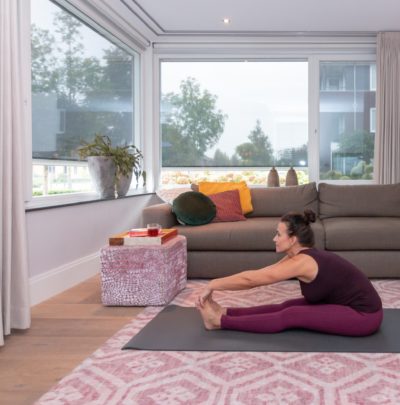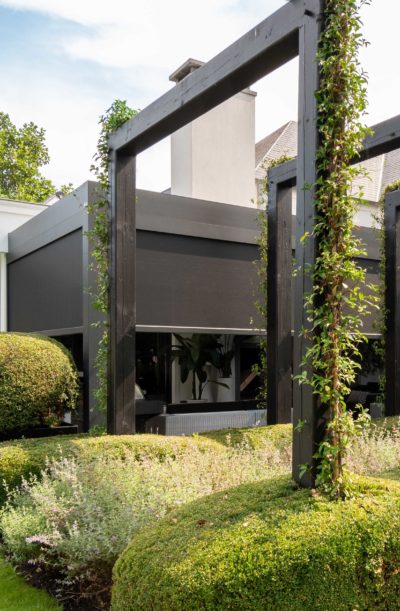
Sun protection against the overheating of your home
03-03-2020If you are in possession of sun protection, such as a sun awning or a ritzscreen®, we will not have to convince you of the many advantages anymore. For example, you will probably keep your house cool in summer or enjoy the shade on your terrace. But did you know that the role of dynamic sun protection will become increasingly important in the upcoming years in the fight against overheating of your home?
Development in building
Developments in the way of building follow each other in rapid succession. In this way, new homes are being built more and more solidly and people are being encouraged to improve their existing homes. Think of insulating floors or cavity walls, replacing glass and renovating roofs. These developments contribute to an improved insulation of your home and will eventually lead to cost savings. In addition, the importance of daylight is increasingly appreciated and when building new houses, large windows are often chosen. However, these developments, in combination with the changing climate, create an enormous risk of overheating your home. We are going to explain why this is the case and how sun protection can be the solution here.
Overheating of homes
The overheating of homes and buildings is the result of three developments. You are probably already familiar with climate change, but we would like to discuss the other two developments with you.
Large windows without sun protection
Direct radiation from the sun enters your home mainly through transparent components, such as your windows. As soon as this radiation comes into contact with material, such as your floor, walls and furniture, heat is generated. A good example of this can be found in your car in summer. At an outside temperature of 24 degrees Celsius, the temperature in an enclosed car can double to 48 degrees Celsius within an hour. Does glass not make sure that some of the sun’s rays are kept out at all? Yes, the G-value of glass indicates what percentage of the sunrays are let through. In the case of double glazing, this percentage is around 76%.
Insulated floors and façade
The improved insulation of facades, floors and roofs makes it easier to keep the cold out of the house in winter. A nice development that will enable you to save on your heating costs in the long run. However, the downside of improved insulation is that the heat generated in the house in summer is also more difficult to leave the house. It would be a shame if you lost the savings on heating costs in the summer months on the energy used to cool your house.
Now that you know how the combination of the changing climate, the building with large windows and the increase in insulation creates a huge risk of your home overheating, we are going to look at how sun protection can be the solution.
Sun protection against overheating
Sun protection can play an important role in reducing the entry of sunrays through windows. Earlier we told you that the G-value of double glazing is around 0.76, which means that 76% of the sunrays are let through. With the application of sun protection, such as ritzscreens, this value can be reduced to 8-16%. This means that you can greatly reduce the irradiation of sunlight! Later in this blog, we will explain how the color choice of the fabric of sun protection plays an important role in keeping out the sunrays.
Dynamic sun protection
Dynamic sun protection is sun protection that can be operated manually or electrically. This means that this awning can be opened and closed by the user or controlled by a program. In the summer months, the aim is to keep the heat out of the house as much as possible during the day. In the evening, however, it is important that the heat built up can leave the house as well as possible. Examples of dynamic sun protection are ritsscreens, sun awnings, roller shutters, etc.
Why no static sun protection?
When using static sun protection such as static louvered, an overhang or sun protective glass, it is not possible to vary with the radiation of the sun. This means that in the evening in the summer months it is more difficult to get rid of the heat generated in the house through the windows. Moreover, with static sun protection it is not possible to take advantage of the welcome solar radiation in the winter months.
You now know why it is important to use dynamic sun protection such as ritzscreens in the fight against the overheating of your home. Finally, we will show you how the screen fabric plays a leading role in this.
The values of sun protection fabric
The screen fabric is the driving force behind your ritzscreen. The sun protection properties of the fabric ensure that a large part of the incident solar radiation is kept out. A screen fabric has the following fabricvalues:
- Reflection value (this % sunlight is reflected)
- Absorption value (this % sunlight is absorbed)
- Transmission value (this % sunlight is transmitted)
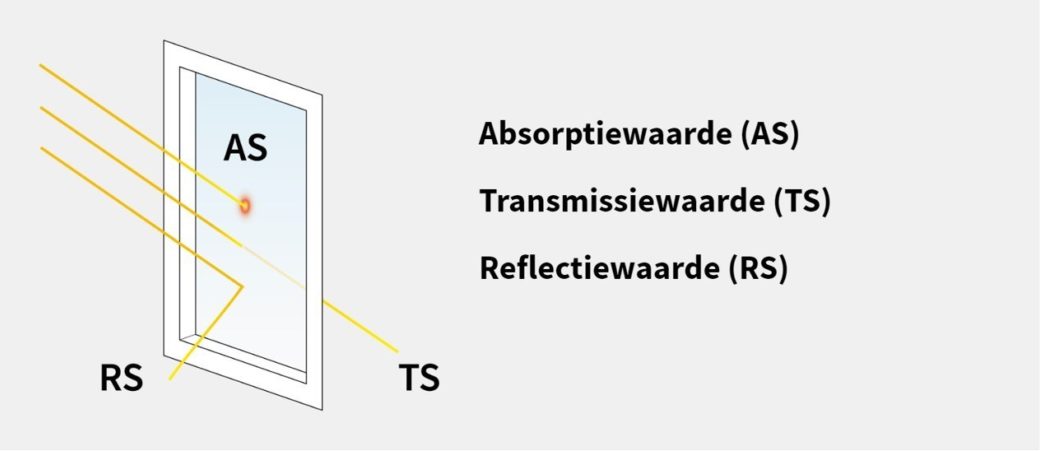
Reflection value
The reflection value of a screen fabric indicates the percentage of the sunrays that are reflected. Fabrics with a light color usually have a high reflection value.
Absorption value
The absorption value of a screen fabric indicates the percentage of the sunrays absorbed by the fabric. Part of the absorbed heat is also emitted by the fabric. Fabrics with dark colors often have a high absorption value. Sun protection with a dark fabric therefor works effectively on the outside of your windows. If you place sun protection with dark fabrics on the inside of your windows, you run the risk that they will absorb (and radiate) a lot of heat inside your home.
Transmission value
The transmission value of a screen fabric indicates the percentage of the sunrays passing through. The higher the transmission value, the more light and heat reach your home. Fabrics with a low transmission value are therefore most effective in keeping out the sun.


